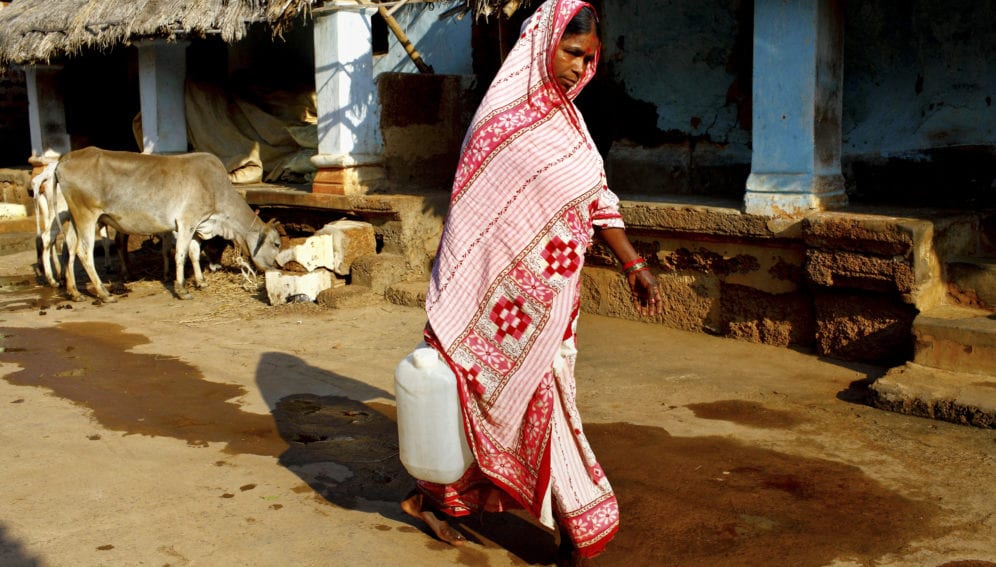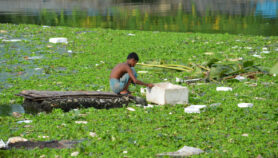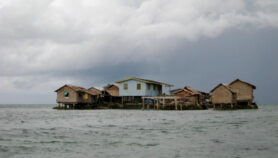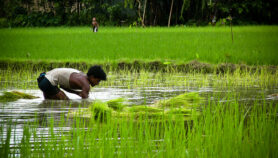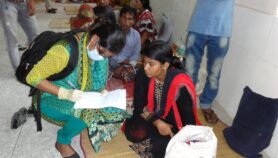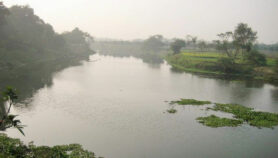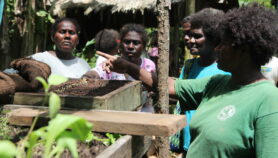Send to a friend
The details you provide on this page will not be used to send unsolicited email, and will not be sold to a 3rd party. See privacy policy.
Drought impacts can make people already affected by poverty, inequality and marginalisation even more vulnerable, says new research that quantifies household susceptibility to climate risk in rural India.
The study published May in Climate and Development assesses rural households in the Indian coastal state of Odisha — considered the least developed state in the country and frequently affected by floods and droughts — and links poor economic conditions to increased vulnerability in these households to drought.
Odisha has faced major disasters 90 times over the past century — floods have occurred in 49 years, droughts in 30 years and cyclones in 11 years, the study notes.
Ranjit Kumar, an author of the study and principal scientist at the Hyderabad-based International Crops Research Institute for the Semi-Arid Tropics, says that droughts had a crippling impact because agriculture is the primary occupation for most households.
“Crop failure, food shortage and drought-related diseases increased their vulnerability to a great extent,” Kumar tells SciDev.Net.
Due to recurrent drought conditions, there is an aversion to high-risk crops but paddy production remains low and threatens food security, says Kumar.The study details how Odisha and other regions face multiple vulnerabilities that are increased by drought risk, including ‘distress migration’ and permanent migration to urban area or other districts.
The Centre for Research on the Epidemiology of Disasters, Brussels, says that recurrent droughts are common in different regions in India. Droughts affected nearly 1,061 million people and killed 4.25 million people in India during 1900—2015, resulting in decline in agricultural production, purchasing power and food security while increasing rural unemployment.
“Most households cannot harvest sufficient crop output to meet the household demand per year. The public distribution system is inefficient, and should include pulses, not just rice and wheat, for providing minimum nutritional security for these communities, Kumar says.
According to Kumar, interventions for reducing livelihood vulnerability includes providing opportunities for at least one member of the household to earn an income outside of activities that are dependendent on natural resources.
Improved health facilities, safe and adequate water supplies and food security of households can reduce vulnerability while the lack of improved infrastructure and access to health and water infrastructure indirectly increases the vulnerability of households, the study says.
The findings may resonate with other rural, natural-resource dependent countries in South Asia with similar socio-economic profiles such as Afghanistan, Pakistan and Sri Lanka, and these countries may benefit from common coping mechanisms, the study notes.
South Asia has been a perennially drought-prone region and the countries mentioned in the study have reported droughts at least once every three years for the past five decades, increasing vulnerability to drought risk, the report says.
Kumar identifies rainwater harvesting and rainwater management as critical interventions. “During normal rainfall years the run-off is quite high in Odisha, a common pattern across South Asia.”


